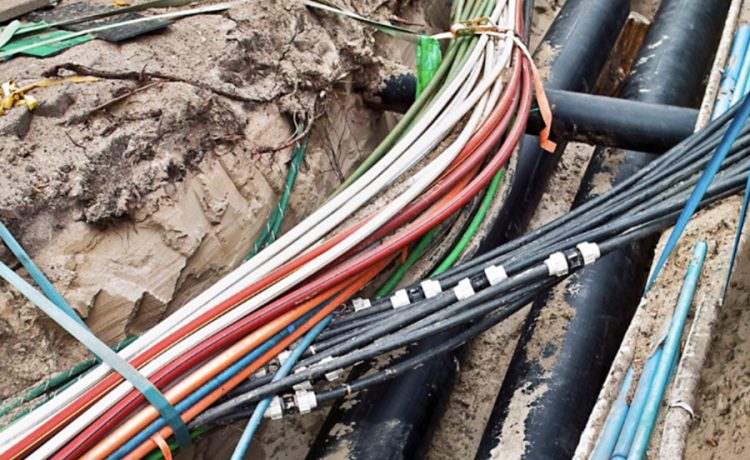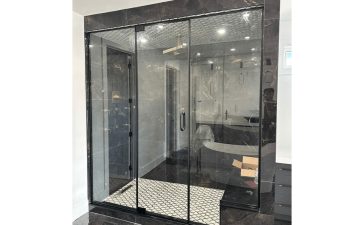In cities and towns across the world, the way we power our lives is undergoing a quiet but powerful transformation. More communities are embracing the move from traditional overhead cables to underground power lines. This change isn’t just about aesthetics. It’s a step towards creating safer, more reliable, and more sustainable neighbourhoods. While we often take electricity for granted, the way it reaches our homes matters more than many realise.
Why Are Overhead Lines Falling Out of Favour?
For decades, overhead power lines dominated the landscape. They were cheaper to install and easier to maintain, making them the go-to choice for utility providers. However, these visible wires often came with challenges, from storm damage and falling trees to disruptions during maintenance. In areas prone to strong winds, bushfires, or heavy snowfall, these lines became especially vulnerable, causing frequent blackouts and costly repairs.
The idea of burying power lines might seem complex at first, but in reality, it has become an increasingly practical solution. Underground systems are less exposed to environmental threats and deliver a much higher level of reliability. When a storm sweeps through a region, underground cables remain untouched beneath the surface, continuing to provide uninterrupted service.
Cleaner Streets and Greener Spaces
One of the most immediate benefits of underground power lines is visual. Removing large poles and sagging wires opens up the skyline, making neighbourhoods appear more open, clean, and welcoming. For communities trying to preserve natural beauty or maintain a particular aesthetic charm, this option is often a clear winner.
But the benefits go beyond what the eye can see. With fewer poles and wires in the way, urban planning becomes easier. Roads can be widened, bike paths expanded, and trees allowed to grow freely. This not only improves safety but also enhances the quality of life for residents who enjoy spending time outdoors.
Long-Term Value That Outweighs the Cost
At first glance, placing power lines underground may seem more expensive. The installation does require careful planning, digging, and special equipment. However, when you look at the long-term picture, the benefits tend to outweigh the initial investment. Fewer outages mean lower maintenance costs, less money spent on emergency repairs, and fewer interruptions for businesses and households.
Moreover, the lifespan of underground cables is often longer than their above-ground counterparts. With proper installation, they can serve a community for decades without major issues. For councils and developers aiming to future-proof their infrastructure, underground systems offer a smart and sustainable path forward.
A Better Choice for High-Risk Areas
In regions where extreme weather is becoming more common, underground power lines provide peace of mind. Areas that frequently face hurricanes, floods, or wildfires benefit greatly from buried systems. For instance, many coastal towns have started to invest in underground solutions to protect against salt-laden winds that corrode overhead equipment.
Likewise, bushfire-prone regions can reduce the risk of accidental ignition caused by fallen power lines. By taking electricity below ground, communities can avoid some of the devastating consequences linked to outdated infrastructure.
Moving Forward With Confidence
As technology advances, installing underground cables is becoming quicker and more efficient. Many countries are already investing heavily in converting existing overhead networks to below-ground systems. Governments, power companies, and local councils are working together to make these upgrades possible, not just for large cities, but for smaller towns and rural areas as well.
For homeowners, this change offers more than just convenience. It means fewer blackouts, more stable connections, and an increased sense of safety. It also adds value to properties, since areas with underground infrastructure are often seen as more modern and desirable places to live.
Conclusion
We don’t often stop to think about how power reaches us — until something goes wrong. By choosing underground power lines, communities are making a conscious decision to invest in resilience, beauty, and progress. It’s not just about keeping the lights on; it’s about building environments that are safe, reliable, and pleasant to live in.
In an age where sustainability and long-term thinking matter more than ever, placing our power supply out of sight is proving to be one of the brightest ideas yet. With power lines quietly doing their job beneath our feet, we can look forward to a future that’s both better connected and more secure.













